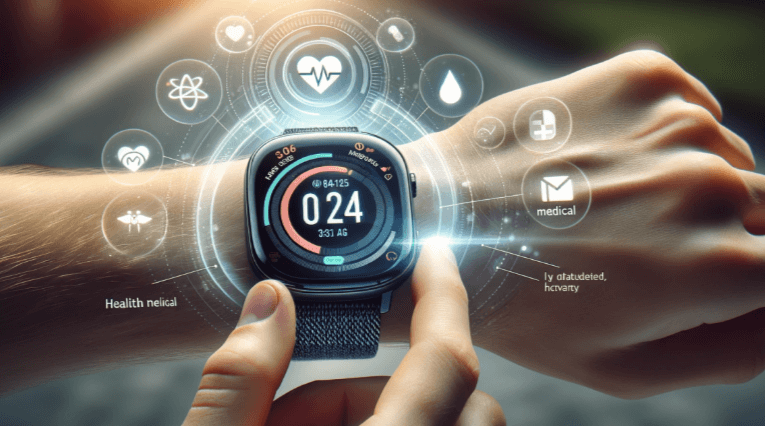What are the New Developments in Wearable Technology, and How are They Improving Personal Health Management?

In the realm of health and technology, wearable devices are breaking new ground with every advancement. These devices, which range from fitness trackers to advanced diagnostic tools, are reshaping our approach to personal health management. This article explores the latest developments in wearable technology and examines how these innovations are enhancing our ability to monitor and manage health effectively.
Understanding Wearable Technology: A Brief Overview
Wearable technology encompasses a variety of devices designed to be worn on the body. These devices are equipped with sensors and software that collect data related to health and fitness, providing insights into the user’s physical condition and activities.
Recent Innovations in Wearable Tech
The field of wearable technology is continually evolving, with new features and capabilities being introduced regularly. These innovations enhance the device’s ability to provide accurate health monitoring and real-time feedback.
Wearable Devices and Heart Health
One of the most significant advancements in wearable technology is the enhanced capability to monitor heart health. Modern devices can now track heart rate variability, detect arrhythmias, and even monitor electrocardiogram (ECG) data, providing critical information that can help prevent heart-related illnesses.
Blood Pressure Monitoring Goes Wearable
Recent developments have also made it possible to monitor blood pressure using wearable technology. These devices allow for continuous monitoring, offering a clearer picture of a person’s blood pressure trends throughout the day.
Blood Glucose Monitoring for Diabetes Management
For those managing diabetes, wearable technology has advanced to the point where it can monitor blood glucose levels without the need for painful pricks. Continuous glucose monitors (CGMs) are becoming more common and more integrated with other health management tools.
Sleep Tracking: Enhancing Quality of Rest
Sleep is a crucial component of good health, and wearable technology has made significant strides in monitoring sleep patterns. By analyzing sleep cycles and environmental factors, these devices help users optimize their sleep for better health outcomes.
Stress Management and Mental Health Monitoring
In addition to physical health, wearable devices are now equipped to help manage stress and monitor mental health indicators. Features like stress tracking and mood detection provide users with insights into their emotional well-being.
The Impact of AI on Wearable Technology
Artificial intelligence plays a pivotal role in processing the vast amounts of data collected by wearable devices. AI algorithms not only improve the accuracy of health predictions and diagnoses but also make personalized health recommendations based on the user’s unique data profile.
Privacy Concerns and Data Security in Wearable Tech
As wearable devices collect and store more personal health information, concerns about privacy and data security have become more prominent. Users and manufacturers alike are focusing on enhancing the security measures to protect sensitive data.
Integration with Telehealth Services
Wearable technology is increasingly being integrated with telehealth services. This integration allows health professionals to monitor patients remotely, making healthcare more accessible and efficient.
Future Prospects in Wearable Health Technology
The future of wearable technology looks promising, with potential developments that could include even more sophisticated health monitoring systems, improved battery life, and more seamless integration with other health technology systems.
Conclusion
The advancements in wearable technology are profoundly impacting personal health management. These devices provide critical health insights that enable better preventative care, early diagnosis, and personalized health monitoring. As technology continues to evolve, the potential for wearable devices in health care will only expand, offering more sophisticated, efficient, and user-friendly options for consumers.







